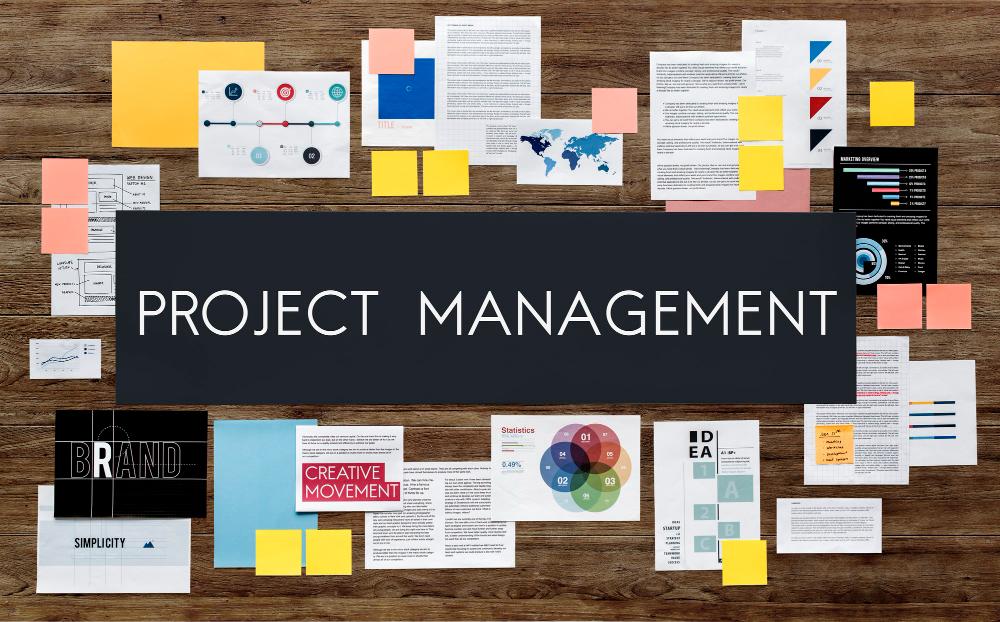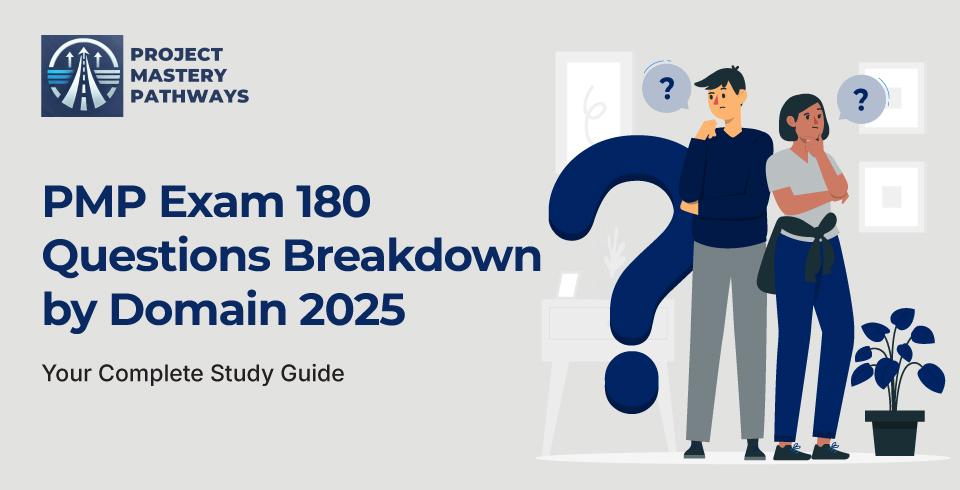Are you preparing for the PMP certification exam in 2025 and feeling overwhelmed by the sheer volume of content you need to master? You’re not alone. Many aspiring project managers struggle to understand how the 180 questions are distributed across the three domains and what this means for their study strategy. Without a clear understanding of the PMP exam breakdown, you might waste precious study time on less critical areas while neglecting the domains that carry more weight. By the end of this comprehensive guide, you’ll have a crystal-clear roadmap of how to allocate your study time effectively and approach each domain with confidence.
Understanding the PMP Exam Structure and Domain Distribution
The PMP exam consists of 180 questions distributed across three critical domains that reflect the evolving landscape of project management. Unlike previous versions that focused heavily on traditional project management processes, the current exam emphasizes the skills and knowledge areas that modern project managers need to succeed in today’s dynamic business environment.
The three domains are weighted as follows:
- People (42%): Approximately 76 questions
- Process (50%): Approximately 90 questions
- Business Environment (8%): Approximately 14 questions
This distribution isn’t arbitrary – it reflects PMI’s research on what skills are most crucial for project management success. The heavy emphasis on People and Process domains underscores the reality that successful project managers must excel at leading teams and managing project workflows while understanding the broader business context.
People Domain: Leading Teams and Stakeholder Management (42% – 76 Questions)
The People domain represents the largest shift in the modern PMP exam, reflecting the critical importance of leadership and team management skills. This domain focuses on the human side of project management, covering areas that traditional project managers often overlooked.
Key areas within the People domain include empowering team members, managing conflict resolution, building high-performing teams, and effective stakeholder engagement. You’ll encounter questions about servant leadership principles, emotional intelligence, and creating psychologically safe environments for team collaboration.
To excel in this domain, focus on understanding different leadership styles, team development models like Tuckman’s stages (forming, storming, norming, performing), and conflict resolution techniques. The questions often present real-world scenarios where you must choose the best approach to motivate team members, handle underperformance, or navigate complex stakeholder relationships.
Study tip: Practice scenario-based questions that require you to apply people management principles rather than memorizing theoretical concepts. The exam emphasizes practical application over rote memorization.
Process Domain: Managing Project Lifecycle and Delivery (50% – 90 Questions)
The Process domain carries the highest weight and covers the technical aspects of project management across different methodologies. This domain has evolved significantly to include both traditional waterfall approaches and agile methodologies, reflecting the hybrid nature of modern project management.
Within this domain, you’ll find questions covering project planning, risk management, quality assurance, procurement management, and integration management. The exam tests your ability to select appropriate tools and techniques for different project scenarios, whether you’re managing a traditional waterfall project or leading an agile team with specific roles and responsibilities.
Key focus areas include earned value management, schedule development, risk response strategies, and quality management techniques. The questions often require you to calculate project metrics, interpret project data, or select the most appropriate process for a given situation.
Study strategy: Balance your time between understanding process flows and practicing calculations. Many candidates struggle with earned value management questions, so consider dedicating extra time to mastering these concepts through specialized courses.

Business Environment Domain: Organizational Strategy and Compliance (8% – 14 Questions)
Although the Business Environment domain represents the smallest percentage of questions, don’t underestimate its importance. These questions test your understanding of how projects align with organizational strategy and the broader business context.
This domain covers areas such as organizational governance, compliance requirements, benefits realization, and project portfolio management. You’ll need to understand how projects contribute to organizational strategy, the importance of business case development, and how external factors influence project success.
Questions in this domain often focus on governance frameworks, regulatory compliance, and the relationship between projects, programs, and portfolios. Understanding concepts like organizational project management maturity and the role of project management offices (PMOs) is crucial for success in this domain.
Strategic Study Approach for Maximum Success
Now that you understand the domain breakdown, develop a study plan that allocates time proportionally to each domain’s weight. Spend approximately 42% of your study time on People domain concepts, 50% on Process domain topics, and 8% on Business Environment areas.
However, don’t just study in isolation – integrate your learning across domains. Real-world project management scenarios often require knowledge from multiple domains simultaneously. For instance, a stakeholder management challenge (People domain) might involve process changes (Process domain) that impact business objectives (Business Environment domain).
Consider taking comprehensive PMP preparation courses that cover all domains systematically. Mock exams are particularly valuable for understanding how questions are structured and identifying knowledge gaps across domains.
Take Your PMP Preparation to the Next Level
Understanding the PMP exam breakdown is just the first step in your certification journey. To truly master these domains and increase your chances of passing on the first attempt, you need comprehensive preparation that goes beyond theory.
Ready to dive deeper into PMP exam preparation? Check out my detailed educational videos on PMPwithRay where I break down complex project management concepts into easily digestible lessons. For structured learning with 35 PDU credits required for PMP eligibility, enroll in my comprehensive PMP Certification Exam 35 PDU Training course on Udemy. You can also test your knowledge with my PMP Certification Exam Mock Simulator to experience the actual exam format and identify areas for improvement. Don’t let the 180-question format intimidate you – with the right preparation strategy focused on these three domains, you’ll be well-equipped to earn your PMP certification and advance your project management career in 2025.

